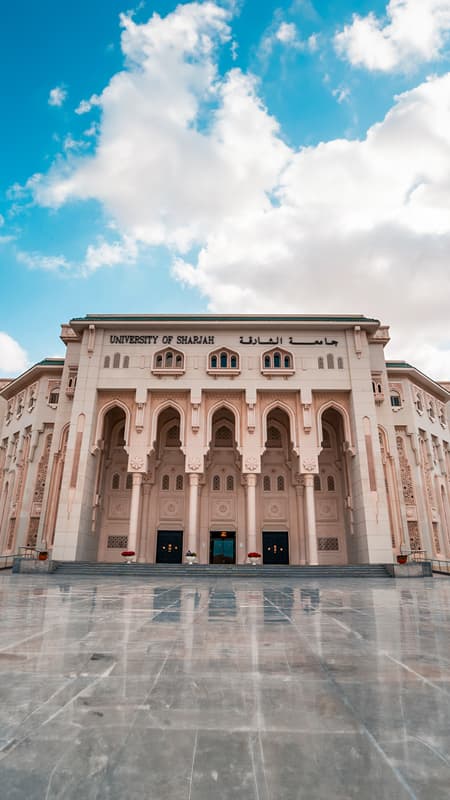The Sharjah Astronomical Observatory Monitors an Exoplanet Similar to Jupiter
The Sharjah Astronomical Observatory at the Sharjah Academy for Astronomy, Space Sciences and Technology (SAASST) of the University of Sharjah monitored and analyzed the exoplanet (HAT-P-9b) during the month of January. This as part of its periodic observations of the exoplanets that began in 2018. The results of these observations are published periodically on global websites specialized in this field of astronomical research.
The Observatory conducts these observations in line with the goals of SAASST set by His Highness Sheikh Dr. Sultan bin Muhammad Al Qasimi, Member of the Supreme Council, Ruler of Sharjah and President of the University of Sharjah. His Highness founded SAASST as a scientific edifice that aims to enrich awareness and public knowledge of the developments, importance, and impact of astronomy, space sciences, and technology. Also to become a world leader in scientific research and solidifying the UAE's position as a scientific center at the regional and global levels.
Within the framework of its firm progress in the global scientific fields, SAASST launched several research projects including special observations of exoplanets for their importance in discovering planets similar to Earth and capable of supporting life outside the solar system. The exoplanet (HAT-P-9b) is located in the constrictor constellation of stars located at a distance of 1500 light-years from the Sun. This planet was discovered in 2008 through the technique of transit photometry using the Wide Angle Search for Planets (WASP) program.
Prof. Mashhoor Al Wardat, Vice General Director of SAASST for Academic Affairs and the Sharjah Astronomical Observatory, explained that the Observatory contains several specialized telescopes and high-resolution photometric monitoring and spectroscopy tools. Those enable researchers to compete with international telescopes in many research areas, especially in observations of exoplanets, spectroscopy of stars, and monitoring solar activity.
He added that the Sharjah Astronomical Observatory plays an important role in disseminating scientific information and supporting various research projects such as, observing galaxies and binary stars, studying variable stars, and determining the age of star groups. Students and enthusiasts of space and astronomy also frequent the observatory to learn more about these fields through the Observatory's many and varied activities.
For his part, Researcher Mohammed Fadil Talafha, an astronomer who specializes in observing the exoplanets, added that the observed exoplanet is similar to Jupiter. It has a mass of 78% of the mass of Jupiter, but it is on the other hand larger, equivalent to 140% of the size of Jupiter, and this means that it is less dense. Due to its size being close to the size of Jupiter, it is included in the series of exoplanets called Hot Jupiters, as it is very close to its host star. Despite its large size compared to the planets of our solar system, which is characterized by the distance between its planets and from the Sun as well, this planet is very close to its sun – the distance between it and its star does not exceed 8 million kilometers. If we compare it to Earth, whose distance from the Sun reaches 150 million kilometers, then it is considered very close to the host star. The temperature of this type of exoplanets reaches one thousand kelvin, hence the name Hot Jupiters. This planet orbits its star very quickly, as it ends its year in less than four days.
Researcher Mohammed Fadil Talafha explained that the observation of these planets is done through the process of observing the planets in transit. Where the apparent magnitude of the star decreases slightly due to the occultation of the planet in a process known to astronomers as transit photometry. From this, they deduce important information such as the time taken to transit and the size of the planet. It is worth noting that this type of observation requires a telescope with a relatively large diameter, and a specialized camera with high sensitivity to light. Therefore, the Sharjah Astronomical Observatory monitors these exoplanets because is has several specialized telescopes that enable deep sky studies.




